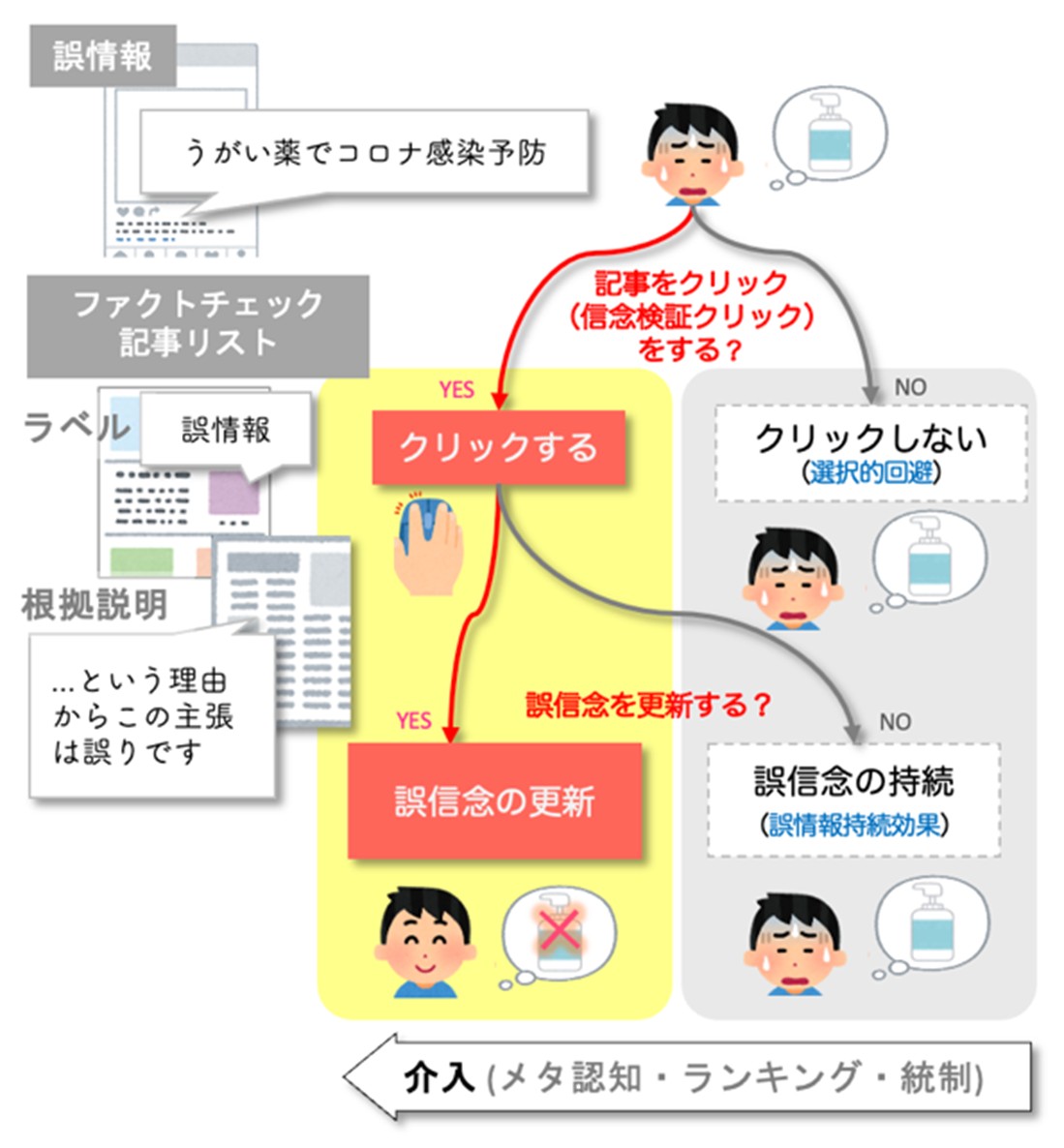2025-05-12 甲南大学

<関連情報>
- https://www.konan-u.ac.jp/news/archives/52340
- https://www.konan-u.ac.jp/news/wp/wp-content/uploads/2025/05/public-relations-department-limited/4d8052df213f7af9c11d670392ecb756.pdf
- https://journals.aps.org/prb/abstract/10.1103/PhysRevB.111.195114
反強磁性イリジウム酸塩のコアレベル光電子スペクトルにおけるモットギャップとスレーターギャップの指紋 Fingerprints of Mott and Slater gaps in the core-level photoemission spectra of antiferromagnetic iridates
K. Nakagawa, A. Hariki, T. Okauchi, H. Fujiwara, K.-H. Ahn, Y. Murakami, S. Hamamoto, Y. Kanai-Nakata, T. Kadono, et al.
Physical Review B Published: 7 May, 2025
DOI: https://doi.org/10.1103/PhysRevB.111.195114
Abstract
We present Ir 4 core-level hard-x-ray photoemission spectroscopy (HAXPES) experiments conducted across the antiferromagnetic (AFM) ordering transition in Ruddlesden-Popper iridates Sr2IrO4 and Sr3Ir2O7. The Ir 4 spectra exhibit distinct changes between the AFM and paramagnetic (PM) phases, with the spectral difference PM−AFM showing a contrasting behavior in the two compounds. By employing computational simulations using the local density approximation combined with the dynamical mean-field theory method, we elucidate that PM−AFM primarily reflects the Slater or Mott-Hubbard character of the AFM insulating state rather than material-specific details, such as crystal and/or band structures. This sensitivity to fine low-energy electronic structure arises from the dependence of charge-transfer responses to the sudden creation of a localized core hole on both metal-insulator transitions and long-range AFM ordering. Our result broadens the applications of core-level HAXPES as a tool for characterization of electronic structure in 5 transition-metal compounds.



